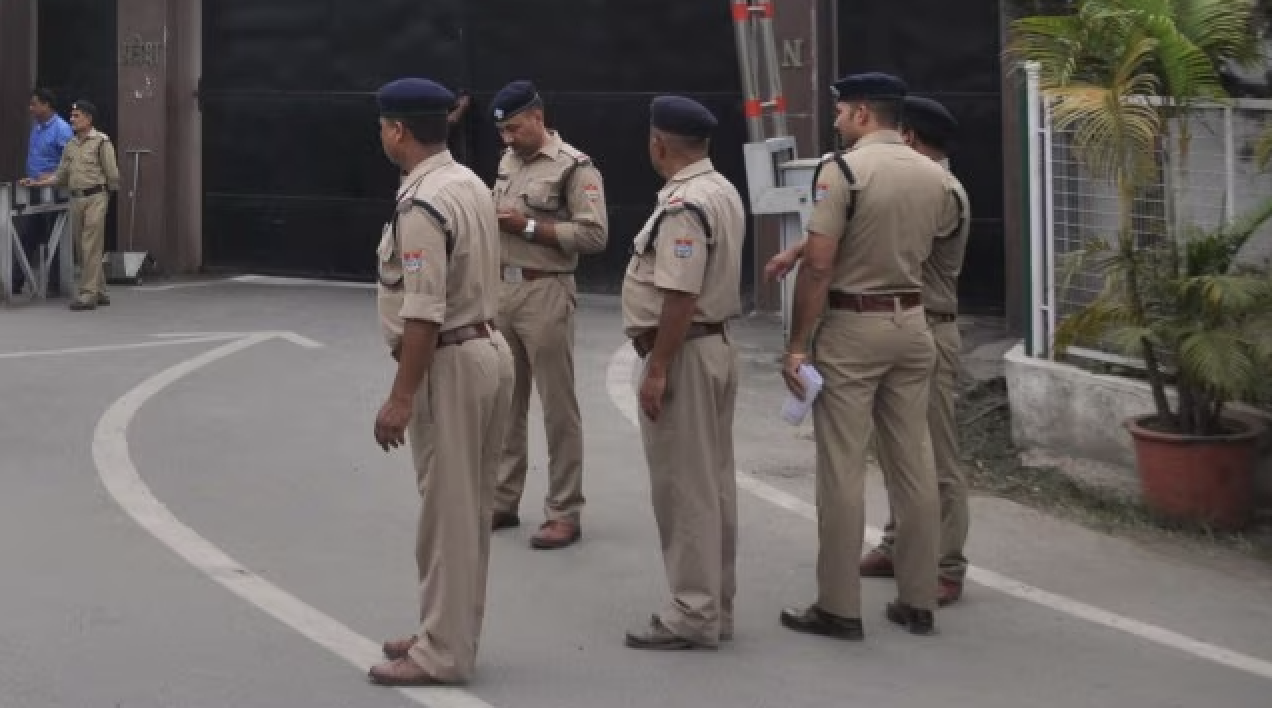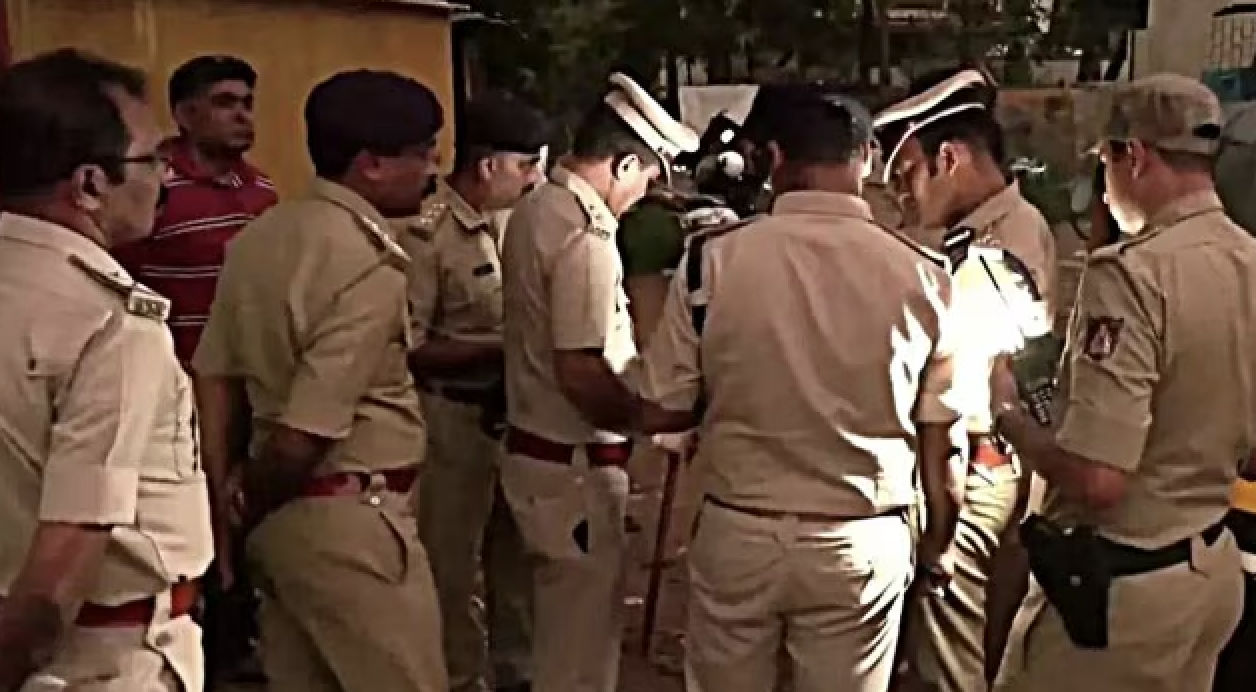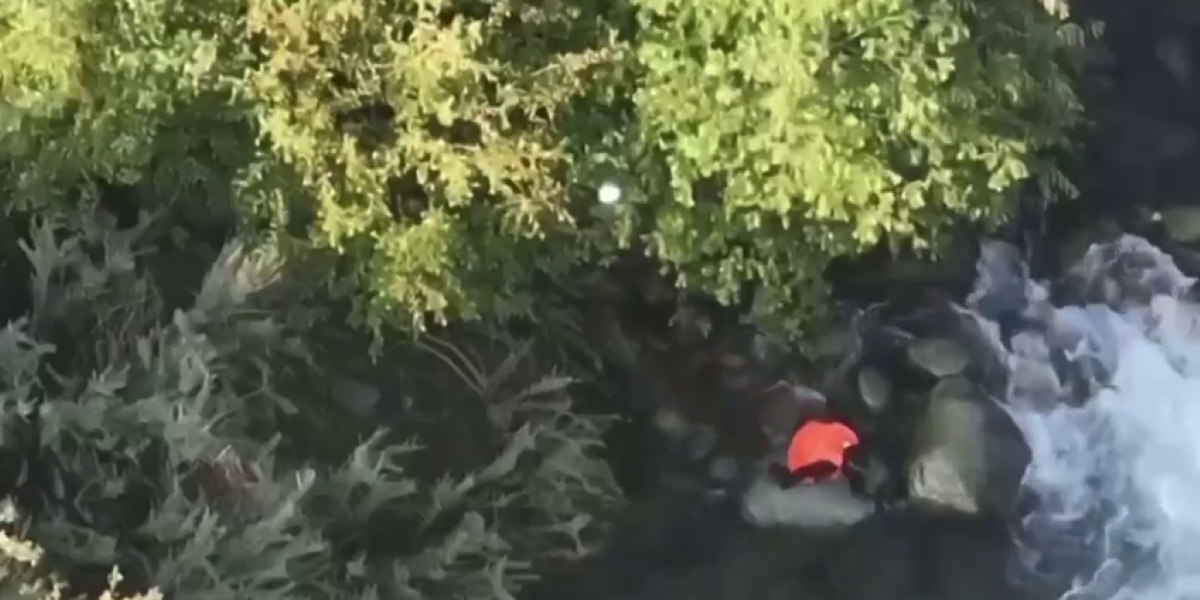
As the second branch of government, the purpose of the legislature is to make laws that uphold the fundamental rights of all citizens. However, when met with extraordinary circumstances, the Indian legislature has made laws that have not only neglected fundamental rights, but also contradicted them. Often the use of these draconian laws has continued well after the circumstances in which they were created have passed. But they have endowed the state with excess powers to violate constitutionally guaranteed rights at both the individual and community level.
There is a need to conceptualise these laws in terms of what they purportedly combat, and what they actually combat. Usually, these unconstitutional laws are designed with a protectionist rhetoric against a threat (which could be real or imagined). But what they actually protect is the ruling dispensation’s ability to bypass human rights.
The most recent example of this is the use of the National Safety Act (NSA) to arbitrarily arrest 160 Muslim men in Uttar Pradesh, in the one year that Yogi Adityanath has been its chief minister. In August, the Unlawful Activities (Prevention) Act (UAPA) was used to arrest five human rights activists, by accusing them of being “Naxals” operating against the state.
Through EPW’s archives, we look at how India’s draconian laws are sometimes mobilised to serve partisan interests.
1) ‘National Security’ Laws to Suspend Fundamental Rights
In 2000, the NSA was used in Uttarakhand to target two civil rights activists Jasodhara and Abhijit Dasgupta, who ran the NGO, Sahayog. They had published a booklet, AIDS aur Hum, promoting sexual health that scandalised the local community. From Harsh Sethi’s article, which documents this incident, it is apparent that here, the use of the NSA was not politically motivated. It was used because the booklet was seen as explicit and perceived as a moral offence to society. The NSA simply served as an excuse to humiliate the activists and hold them to account in the name of public decency.
Even a cursory examination of the actual sequence of events, makes clear that despite the widespread dismay, even anger, at the ‘foolishness’ of the concerned NGO, what is today being termed ‘public protest’ has been carefully organised and orchestrated. For nearly a month before the offices of Sahayog were ransacked, both staff and trainees at their field office roughed up, and leading activists arrested, the local media in the region had been carrying on a campaign against the group, targeting in particular the booklet.
Perhaps more sinisterly, NSA has been deployed against those who have protested against gross human rights violations committed by the military and the government. In 1992, Niloy Dutta, Parag Kumar Das and Ajit Bhuiyan were arrested in Guwahati under unspecified sections of the NSA. It was alleged that they were disrupting the process of peace-building in Assam and were involved in “anti-national” activities that threatened the sovereignty of the country. They were released eight weeks later after the arrests were met with much protest. They were the founding members of Manab Adhikar Sangram Samity (MASS), which had been compiling evidence of military atrocities in the state for the past year.
MASS had accumulated incontrovertible evidence of army atrocities and flagrant violations of human rights by the armed forces during operation Rhino. It had sent three groups fully equipped with audio and video gadgets to three zones of the slate to compile cases of army atrocities. Braving severe restraints imposed by the army and civil authorities, these groups had succeeded in recording cases of arrest, torture, molestation, rape, killing and so on. With painstaking effort they compiled a comprehensive 65-page report enlisting the cases of army atrocities, which included 13 cases of death in army camps, seven cases of rape, as many as 120 cases of brutal torture, 139 cases of illegal detention and 63 cases of indiscriminate army raids in villages, unlawful public beatings and torture, all with specific dates, places and blow-by-blow accounts of the incidents, fully substantiated by physical evidence. They also recorded the most brutal incidents on films. Most damaging of all was a video cassette which had recorded the atrocities on women much of which cannot be written and shown in public.
2) Detaining Kashmiris in the Name of ‘Public Safety’
The Public Safety Act (PSA) is another act that has been used indiscriminately in Kashmir to facilitate preventive detentions of “suspected militants”, especially since Burhan Wani’s death in 2016. The PSA has been called a “lawless law” because of the arbitrary nature in which it is used. In his article published in May 2018, Gaurav Bhawnani pointed out that in the 130 days following Wani’s death, over 500 PSA detention orders were issued to clamp down on the turmoil in Kashmir. Bhawani argues that the arbitrariness of the act is best illustrated by human rights activist Khurram Parvez’s arrest.
The scope for arbitrary detentions under the PSA is tremendous. On an average, each person has been identified as having committed offences under three first information reports (FIRs). However, most of these FIRs are “open FIRs.” The police merely record that a certain incident has occurred, and even if some names are recorded, the FIR also states “and others.” Therefore, any person can be arrested under these FIRs as having been involved in the protests. The scope for misuse is best highlighted by Khurram Parvez’s case. The police dossier listed four FIRs as the grounds for his arrest. However, he was not named in a single one of these FIRs. He was just one of those “others” to have been arrested as a consequence. Another case that highlights the scope of misuse is that of Abdul Rasheed Bhat. As per the records of his government job, he was present at work at the time of the offence, but was named under all three open FIRs listed in his PSA dossier.
3) ‘Anti-Terrorism’ Laws to Repress Dissent
After the November 26, 2008 terrorist attacks in Mumbai, the Unlawful Activities (Prevention) Act, 1967 was amended to become India’s main anti-terrorist law — merely four years after the Prevention of Terrorism Act (POTA) was repealed. However, some of the provisions introduced in the UAPA’s amended version were almost replicated from POTA, and broadened even further, wrote Ravi Nair. The provisions for arrest under the amended UAPA were as vague as they were in POTA. Nair wrote that the key problem with the UAPA is that it fails to understand the multidimensional nature of terrorism, and what makes acts of terrorism distinct from other forms of crime.
The 2008 UAPA Amendment extends the maximum period of pre-charge detention to 180 days, if after 90 days the public prosecutor can show that the investigation has progressed but more time is needed. This standard is inadequate. A judge considering the extension of pre-charge detention should consider whether there is adequate evidence against the accused, justifying his/her continuing detention, not merely whether the investigation is progressing.
The UAPA has been misused rampantly, and several controversial arrests have been made under it. For instance, the arrest of Delhi University professor G N Saibaba, and his comrades, on the allegation of being Naxals. Susan Abhraham’s 2017 article details the case against Saibaba and his consequent imprisonment based on flimsy evidence. She also points out various procedural lapses.
The major charge of the prosecution is that the accused in this case were waging war against the country and supporting the ideology of a banned organisation, CPI (Maoist). Anybody can easily understand that to “wage a war” somebody needs weapons and none of the six accused were shown as possessing any weapon on them when arrested, nor did the police find any in searching their houses. Supporting an ideology, even if the same ideology is adhered to by a banned organisation, cannot be a crime. Such a verdict would not have been possible without the extreme provisions found in the draconian anti-terror UAPA.
In June 2018, in an article titled Urban Maoist, Anand Teltumbde wrote that the “draconian Unlawful Activities (Prevention) Act (UAPA) gives the police unaccountable authority to arrest, slap any number of charges, and ensure that the arrested rot in jail as the law meanders through the courts”. He was writing in defence of Sudhir Dhawale, Surendra Gadling, Shoma Sen, Mahesh Raut and Rona Wilson – all Dalit activists – who were arrested under the UAPA, allegedly for being associated with the “Elgar Parishad”. The state insinuated that they were Maoists or Naxals who engaged in inflammatory speech that eventually precipitated the violence at Bhima-Koregaon. Incidentally, in August, Teltumbde himself faced arrest under the UAPA, ostensibly for being an “urban naxal”.
While the search warrant clearly mentioned “Bhima–Koregaon,” the chief minister stated that they did not have anything to do with Bhima–Koregaon. On 6 June, the police arrested four of them and Mahesh Raut, a noted social activist and member of the Prime Minister’s Rural Development (PMRD) fellowship who after passing out from the Tata Institute of Social Sciences (TISS) has devoted his life to the tribals of Gadchiroli. The police made out a story that the Elgar Parishad was organised and funded by the Maoists, which was duly publicised by the media ignoring the repeated explanation of Kolse Patil that he along with Justice Sawant was its convener, that they did not spend any money, and that none of the arrestees had much to do with it.
4) Terrorism Laws to Target Minorities and Marginalised Groups
In 2003, activist Gautam Navlakha wrote, “A law is bad in itself when it overturns all notions of natural justice on its head and allows the executive to apply the law at its subjective discretion.” Navlakha was discussing the Prevention of Terrorism Act (POTA), which in February 2003 was used to arrest 28 Dalit and Adivasi agricultural workers in Uttar Pradesh, who were allegedly Naxalites. Some of those arrested were later shot in an encounter killing. Navlakha outlined how the “preventive” nature of POTA allows the law to be misused.
Like its predecessor TADA the promulgation of POTA falls in that category of law where persecution is embedded in it. Let us recall that TADA’s pathetic conviction rate of 1 per cent obscured its wide use as a preventive detention measure where more than 76,000 persons were detained for years on end destroying lives, and ruining their kith and kin…POTA has established itself as a piece of legislation that is meant to terrorise precisely those sections of the population which are vulnerable and are victims of gross injustices and therefore the maximum numbers of those charged under POTA are landless or land-poor dalits and adivasis accused of being Naxalites, Kashmiris fighting against oppressive Indian rule or Muslims accused of working in tandem with Pakistan’s ISI.
Writing in 2004, Ujjwal Kumar Singh argued that “like all extraordinary laws, it [POTA] bypasses due process, so that abuse/ misuse is woven into its provisions”. But he also identified a larger trend which suggests that POTA has been used surreptitiously to restructure centre–state relations away from federalism.
POTA epitomised an executivisation of law, giving the executive extraordinary powers of initiating procedures and investigations under the act. Subsequent developments have shown a further deepening of this executivisation through (a) the judicial affirmation of the procedures laid down in POTA, and (b) further augmentation of the process by authorising a review process as a quasi-executive and quasi-judicial function.
POTA was preceded by the Terrorist and Disruptive Activities (Prevention) Act, 1985 or TADA. When it was repealed a decade later, a report in EPW said, “The abuse of TADA is built into the law itself. By replacing normal law and procedure it eats into the foundations of democracy.” According to the report, by mid-1994, 76,166 people had been arrested under TADA but less than 4% were actually found guilty.
Today it is widely accepted that TADA has been thoroughly misused. Large numbers of innocents have been arrested. Protests against the Act have also grown. In this situation every political party has suggested some change in the Act to curb large-scale arrests. However, it is not so widely accepted that the provisions of TADA are themselves responsible for such a state of affairs.
This story first appeared on epw.in






